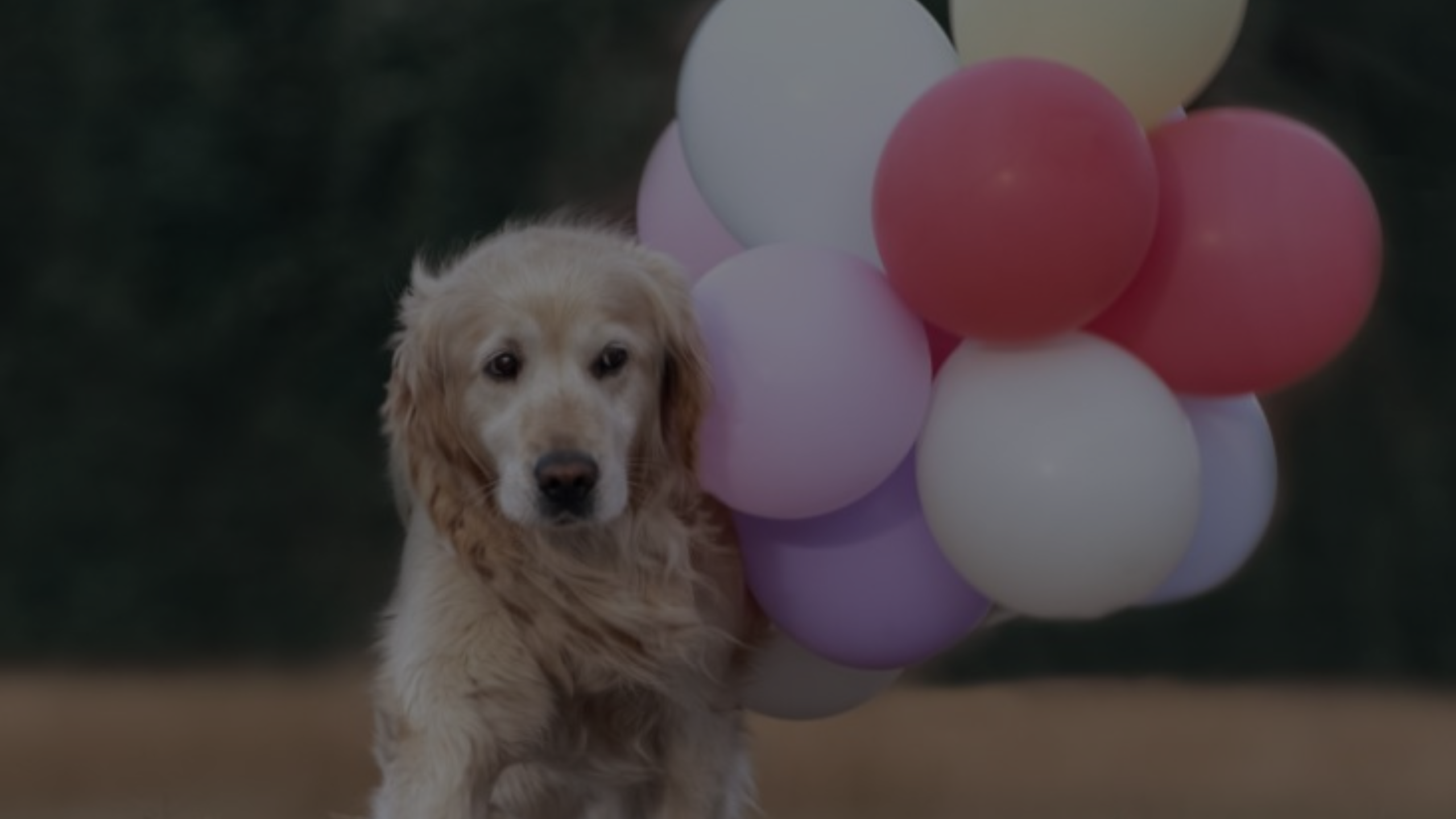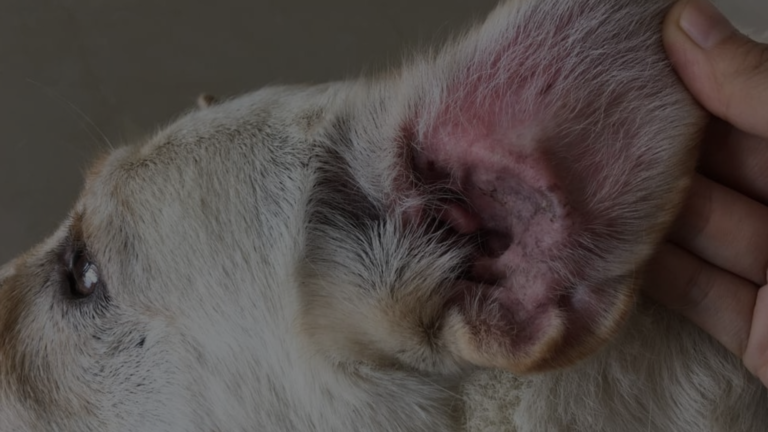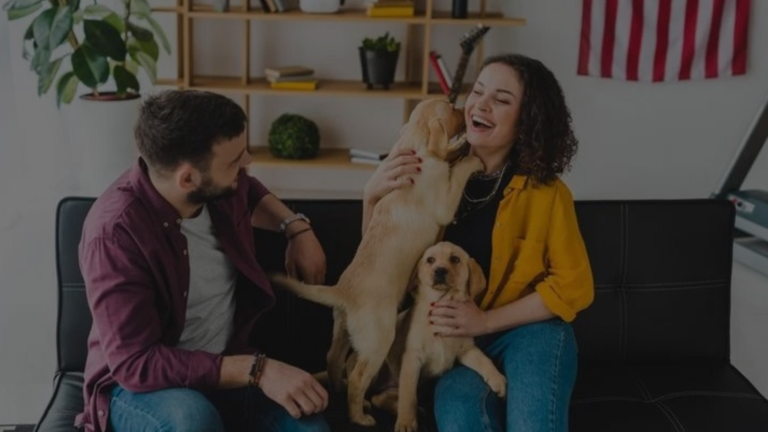Ah, balloons! They symbolize joy, celebration, and festive cheer. But for some dogs, these colorful orbs of air trigger anything but happy feelings. If your furry friend cowers at the sight of a balloon or bolts at the sound of a pop, you’re not alone. Balloon phobia, also known as glossophobia, is a surprisingly common fear amongst dogs.
If you’ve ever wondered why is my dog scared of balloons, don’t worry. Dogs and balloons can make for a peculiar pairing, and understanding your canine companion’s unease is crucial. In this article, we’re going to dive deep into the world of balloons and canine fears to uncover the reasons behind your dog’s balloon phobia.
Why is My Dog Scared of Balloons?
Some dogs are scared of balloons, which seems strange to us but makes sense from their perspective. Balloons are weird! They move unexpectedly, feel different, and smell unfamiliar. Plus, some dogs may have had bad experiences with balloons in the past, or never been exposed to them during their critical learning period.
This lack of understanding and potential negative associations can create anxiety and fear. This fear even has a fancy name: Globophobia! So next time your dog hides under the couch when you blow up a balloon, remember they’re just reacting to the strange, unpredictable world around them.
Understanding Canine Balloon Fear
Dogs perceive the world differently than humans. Their senses of smell, hearing, and vision are far more acute, making seemingly harmless objects like balloons appear strange and potentially threatening. Here are some reasons why your dog might be scared of balloons:

- Unpredictable movement: Balloons float and bob erratically, which can be unsettling for dogs who rely on predictable movements to feel safe.
- Loud noises: The sound of a balloon inflating or, worse, popping, can be startling and even painful for a dog’s sensitive ears.
- Unfamiliar appearance: The bright colors, shiny surface, and rounded shape of balloons can be unfamiliar and confusing for dogs, especially if they haven’t been properly socialized to them.
- Negative past experiences: Perhaps your dog had a negative encounter with a balloon in the past, such as being popped or chased by one. This can create a lasting fear association.
Signs of Balloon Phobia in Dogs
Be vigilant for these signs that your dog might be afraid of balloons:
- Hiding or cowering: If your dog tries to hide behind you or under furniture when they see a balloon, it’s a clear sign of fear.
- Barking or growling: Some dogs may vocalize their fear through barking or growling, especially if they feel cornered or threatened.
- Whining or trembling: Whining and trembling are common signs of anxiety and distress in dogs.
- Trying to escape: Your dog might try to run away or bolt if they see a balloon, indicating a strong fear response.

Helping Your Dog Overcome Balloon Fear
Remember, forcing your dog to interact with balloons will only worsen their fear. Instead, focus on creating positive associations and gradual desensitization. Here are some tips:
- Start slow and small: Begin by introducing deflated balloons or pictures of balloons at a distance your dog is comfortable with. Gradually decrease the distance and use positive reinforcement with treats and praise.
- Pair balloons with positive experiences: Play with your dog near balloons while engaging in their favorite activities, like fetch or cuddles. This helps build positive associations.
- Desensitize to sound: Play recordings of balloon sounds at a low volume, gradually increasing the volume as your dog remains calm.
- Seek professional help: If your dog’s fear is severe or you’re struggling to manage it yourself, consult a certified animal behaviorist for personalized guidance.

Additional Tips
- Avoid using balloons around your dog: If possible, simply avoid using balloons in your home or during events your dog attends.
- Educate others: Let friends and family know about your dog’s fear and politely request them to avoid using balloons around your pet.
- Manage triggers: If you know you’ll be in an environment with balloons, take steps to manage your dog’s stress, like using a calming harness or providing a safe space to retreat.
Remember, patience and positive reinforcement are key to helping your dog overcome their fear of balloons. By understanding the reasons behind their fear and using gentle, gradual methods, you can help your furry friend feel safe and happy around these colorful objects.
Resources & References
- American Kennel Club: https://wagwalking.com/behavior/why-dogs-dont-like-balloons
- Association of Professional Dog Trainers: https://apdt.com/
- American Society for the Prevention of Cruelty to Animals: https://www.aspca.org/
- The Humane Society of the United States: https://www.humanesociety.org/
FAQs About Why Your Dog Might Be Scared of Balloons
Why is my dog suddenly afraid of balloons?
It’s possible your dog had a negative experience with a balloon, like being popped or chased by one. Even loud noises or unpredictable movements can trigger fear. Sometimes, fear can develop gradually due to lack of exposure or negative associations.
Are all dogs scared of balloons?
No, not all dogs fear balloons. Some may even enjoy playing with them! However, balloon phobia is quite common, and many dogs exhibit signs of fear like hiding, barking, or trembling when encountering them.
What are the signs my dog might be scared of balloons?
Look for signs like hiding, cowering, barking, whining, trembling, or trying to escape when they see or hear a balloon. Dilated pupils and flattened ears can also indicate fear.
How can I help my dog overcome their fear of balloons?
Be patient and avoid forcing interaction. Start with desensitization by introducing deflated balloons or pictures at a distance, gradually decreasing distance and pairing it with positive reinforcement like treats and praise. Seek professional help from a certified animal behaviorist for severe cases.
Should I force my dog to interact with balloons?
Not! This will only worsen their fear. Use gentle, gradual methods and positive reinforcement to create positive associations with balloons.
What if I can’t avoid balloons around my dog?
Manage triggers! Use calming aids like a harness or provide a safe space to retreat. Educate friends and family about your dog’s fear and request them to avoid using balloons around your pet.







